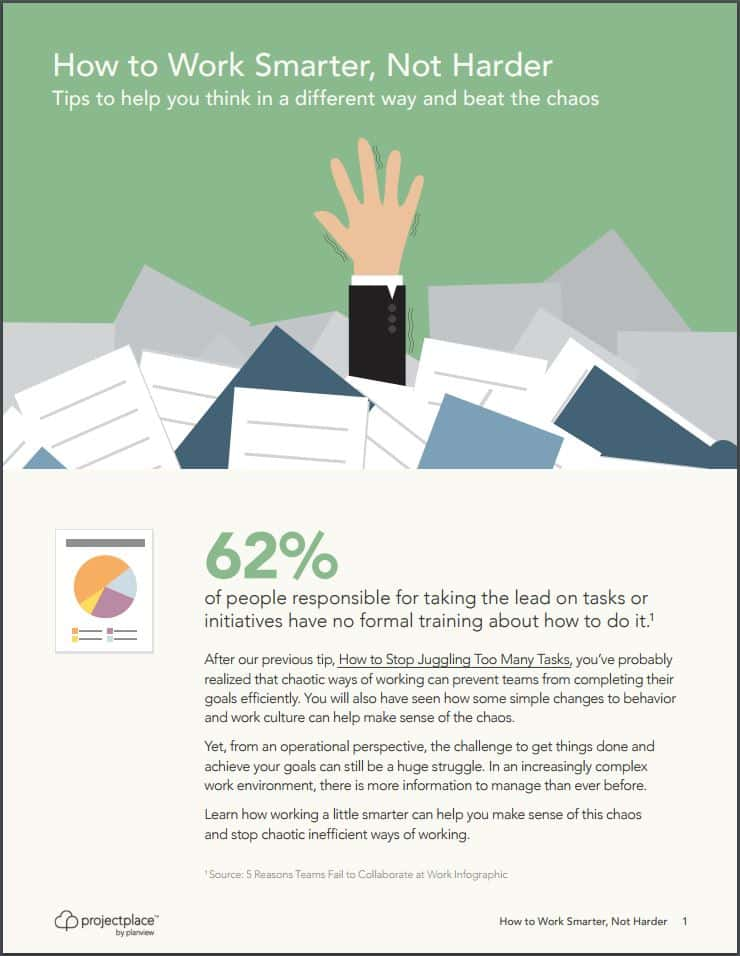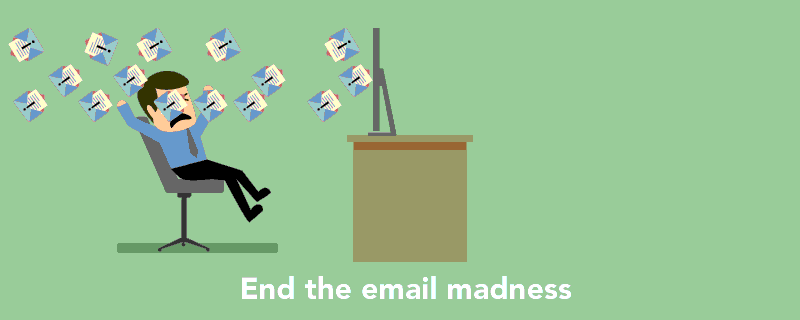
If workspace chaos is keeping your team from completing goals, and you’re looking for a way to plan and manage your team using less time and energy, the streamlined simplicity of a Gantt chart may be the answer for you. Let’s take a look at the basic ways you can start to manage information and help your projects run more smoothly.
The first stage is, of course, planning.
Start by outlining project goals and deliverables. Those deliverables can then be broken down into a hierarchy of activities—that’s where a Gantt chart comes in. By breaking them up into smaller, more manageable tasks, you’re allowing your team to have a clear picture of what the end result should look like and how to get there, together.
up into smaller, more manageable tasks, you’re allowing your team to have a clear picture of what the end result should look like and how to get there, together.
Consolidating your tasks into one Gantt chart allows for a bird’s eye view of the big picture (which comes in very handy for you, as the project or program manager), as well as a clear lineup of each task that your team members are expected to complete. Everyone knows what’s going on at all times, and this is crucial to keeping things organized and calm.
Next, it’s time to think outside the box regarding communication tools.
Emails and phone calls have long been the pillars of communication in the workspace, but take a step back, and you’ll realize they aren’t really the most efficient, collaboration-friendly tools. When’s the last time you let a coworker read through your inbox to find a bit of information he needed? Have you recorded and shared any of your calls recently? Are you someone who can remember every detail from a phone call you were on two weeks ago? Hopefully, you can see as you try to answer these questions that email and phone communication aren’t actually collaborative at all, and it can be difficult to draw necessary information from a conversation that happened weeks ago or an email thread that has since been buried under 200 other conversations. Sound familiar? It may be time to shift gears.
Lastly, you have to be able to manage your team’s workload.
This is where that bird’s eye view I mentioned especially comes in handy. When someone is either overworked or underworked, it’s your job as the project manager to reassign and rearrange. To do this, you must have visibility over everyone’s workload. A Gantt chart can give you that visibility.
While these tips are an excellent starting point, there is more to discover about how to best manage a collaborative team (especially if this is your first time in a project manager role). Check out the whitepaper, How to Work Smarter, Not Harder, to learn more about how you can beat workplace chaos, and leave a comment letting us know what works for you.
Get the Survival Guide for Successful Collaborative Work Management. It provides seven practical ways to beat workplace chaos.
Content contributor: Rositsa Gencheva






